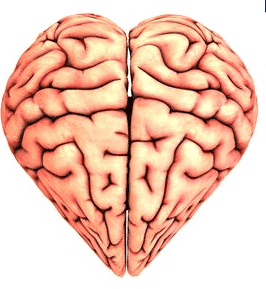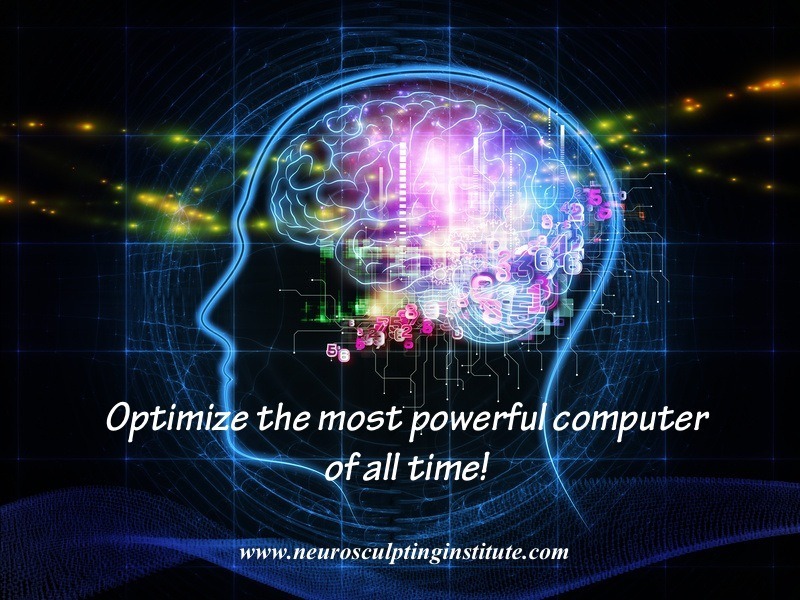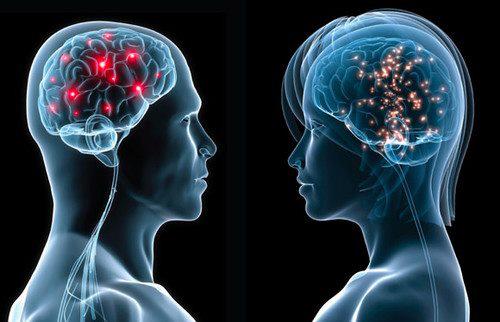You are in Control of Your Stories
Our prefrontal cortex regulates attention and thoughts with vast amounts of neural connections and a system of arousal and neurotransmitters. If we take no action, our default system can favor excessive stress response and disease. Science proved that focused attention and a perceived sense of control manipulates these connections and overrides stress and disease. Each […]
You Are NOT a Victim
![A note on a textured surface reads "[I am not a victim]" in bold black handwritten letters, embodying empowerment and personal growth. The image is captured in striking black and white tones.](https://www.neurosculpting.com/wp-content/uploads/2013/02/victim.jpg)
Autonomy and control wire into our brains directly into the reward center: the ventral striatum. When we perceive we don’t have control, we deactivate the reward center and activate the pain/stress pathway. In 2009 the Journal of Psychosomatic Research published this finding: helplessness accounted for a 5-times greater risk of hypertension than any other life factor, […]
What a Difference a Verb can Make!

I AM vs I FEEL Did you know that when the fight-or-flight center of the brain is engaged (the limbic system) saying things like I AM so angry keeps the blood flowing in that direction, feeding that center. But when you switch to I FEEL so angry there is a measurable shift in blood flow […]
A Smile a Day can Enhance the Month of Romance!
The month of February is the month of romance. For some of us that adds extra pressure, and paradoxically can even cause depression. With a little self-nurture we can begin to shift this disposition. The muscles of the face, unlike most other body muscles, communicate with the brain stem rather than the spinal cord. This […]
Connecting to Others Just might Require some Self-Reflection

How can you connect to others if you can’t connect to yourself? When we are in reaction or in our limbic response, otherwise known as fight-or-flight, we have disabled the medial prefrontal cortex–this is the area that allows us to feel empathy, consider other people’s internal thoughts, states and motivations. If we want to connect […]
We ARE Magicians

What if you had superhero powers to sculpt reality as you wanted it to be? What if science began to admit such powers? When scientists discovered our gifts of neuroplasticity late in the last century we officially entered the age of the Magician. According to Dr. Robert Scaer, author of 8 Keys to Brain-Body […]
Men & Women: A Move Towards Conscious Communication

According to Dr. Brizendine females have a larger prefrontal cortex, insula, and ACC – all areas that relate to empathy, sensing our own bodies, and considering other people’s mental states. Men have larger amygdala’s – the area that deals with fight-or-flight, automatic response, survival needs and emotions. Knowing our strengths and predispositions can lead to […]
Biased by Smell – You’ll be Amazed at how Easily You are Influenced!

In studies, unpleasant odors that either preceded or happened simultaneously with facial expressions (Scientific American Mag) or as subjects read short paragraphs (Eagleman, Incognito) caused individuals to feel disgust in relation to the action they were witnessing or engaged in. Bad smells activate the insula, a center of the brain that registers disgust, and […]
Which Come First, Thought or Emotion?
Which comes first, thought or emotion? Because sensory information streams through our cortices with many connection points into the limbic brain by the time the information reaches our cerebral cortex for logic processing we have already placed a “feeling” on that information. It’s already encoded as either pain or pleasure, sadness or joy, etc. Dr. […]
It’s Written All Over Your Face!

In 2001 neurologist Patrik Vuilleumeir found that a person’s amygdala responds in threat mode to the appearance of fearful expressions of others EVEN IF that person is paying attention to something else. The amygdalae’s job is to signal our stress response so that we have valuable stress hormones actively recruiting blood to the large muscle […]

